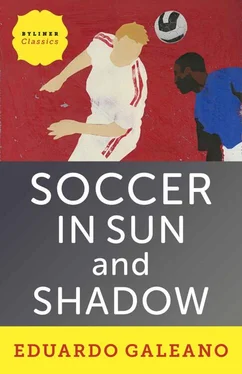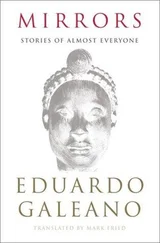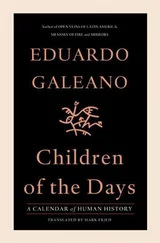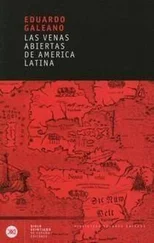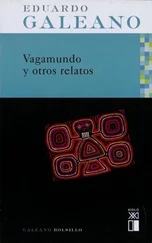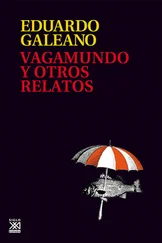When the tournament was over, Andrade spent some time hanging around Paris as errant Bohemian and king of the cabarets. Patent leather shoes replaced his whiskery hemp sandals from Montevideo and a top hat took the place of his worn cap. Newspaper columns of the time praised the figure of that monarch of the Pigalle night: gay jaunty step, oversized grin, half-closed eyes always staring into the distance. And dressed to kill: silk handkerchief, striped jacket, bright yellow gloves, and a cane with a silver handle.
Andrade died in Montevideo many years later. His friends had planned several benefits for him, but none of them ever came off. He died of tuberculosis, in utter poverty.
He was black, South American, and poor, the first international idol of soccer.
They called the successive figure eights Uruguayan players drew on the field moñas , ringlets. French journalists wanted the secret of that witchcraft that cast the rival players in stone. Through an interpreter, José Leandro Andrade revealed the formula: the players trained by chasing chickens that fled making S’s on the ground. Journalists believed it and published the story.
Decades later, good ringlets were still cheered as loudly as goals in South American soccer. My childhood memory is filled with them. I close my eyes and I see, for example, Walter Gómez, that dizzying bushwhacker who would dive into the swamp of enemy legs with ringlet after ringlet and leave a wake of fallen bodies. The stands would confess:
We’d all rather fast
than miss a Walter Gómez pass.
He liked to knead the ball, retain it and caress it, and if it got away from him, he would feel insulted. No coach would dare tell him, as they say now: “If you want to knead, go work in a bakery.”
The ringlet was not just a bit of tolerated mischief, it was a joy the crowd demanded. Today such works of art are outlawed, or at least viewed with grave suspicion, and are considered selfish exhibitionism, a betrayal of team spirit, and utterly useless against the iron defensive systems of modern soccer.
When the Uruguayan team returned from the 1924 Olympics, the Argentines challenged them to a friendly. The match was played in Buenos Aires. Uruguay lost by one goal.
Left wing Cesáreo Onzari was the author of the winning goal. He took a corner and the ball went directly into the net without anyone else touching it. He was the first in soccer history to score a goal that way. The Uruguayans were left speechless. When they found their tongues, they protested. They claimed the goalkeeper, Mazali, was pushed when the ball was in the air. The referee wouldn’t listen. Then they howled that Onzari hadn’t intended to shoot at the net and that the goal had been scored by the wind.
In homage or in irony, that rarity became known in South America as the “Olympic goal.” It is still called that, on the rare occasions it occurs. Onzari spent the rest of his life swearing it wasn’t by chance. And though years have gone by, the mistrust continues: every time a corner kick shakes the net without intermediaries, the crowd celebrates the goal with an ovation, but doesn’t quite believe it.
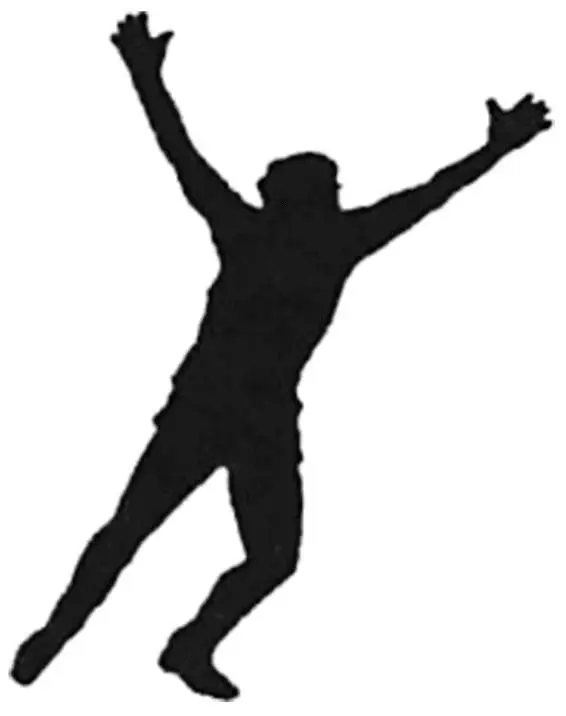
It was 1926. The scorer, José Piendibene, did not celebrate. Piendibene, a man of rare mastery and rarer modesty, never celebrated his goals, so as not to offend.
The Uruguayan club Peñarol was playing in Montevideo against Espanyol of Barcelona, and they couldn’t find a way to penetrate the goal defended by Zamora. The play came from behind. Anselmo slipped around two adversaries, sent the ball across to Suffiati, and then took off expecting a pass back. But Piendibene asked for it. He caught the pass, eluded Urquizú, and closed in on the goal. Zamora saw that Piendibene was shooting for the right corner and he leaped to block it. The ball hadn’t moved: she was asleep on his foot. Piendibene tossed her softly to the left side of the empty net. Zamora managed to jump back, a cat’s leap, and he grazed the ball with his fingertips when it was already too late.
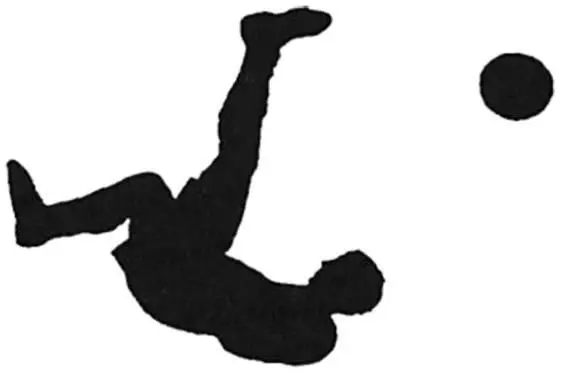
Ramón Unzaga invented the move on the field at the Chilean port of Talcahuana: body in the air, back to the ground, he shot the ball backwards with a sudden snap of his legs, like the blades of scissors.
It was some years later when this acrobatic act came to be called the chilena . In 1927 when club Colo-Colo traveled to Europe and striker David Arellano performed it in the stadiums of Spain, Spanish journalists cheered the splendor of this unknown gambol, and they baptized it chilena because, like strawberries and the cueca, it had come from Chile.
After several flying goals Arellano died that year, in the stadium at Valladolid, killed in a fatal encounter with a fullback.
Forty years before the Brazilians Pelé and Coutinho, the Uruguayans Scarone and Cea rolled over the rivals’ defense with passes from the thigh and zigzags that sent the ball back and forth from one to the other all the way to the goal, yours and mine, close and right to the foot, question and answer, call and response. The ball rebounded without a moment’s pause, as if off a wall. That’s what they called the River Plate style of attack back in those days: “The Wall.”
Héctor Scarone served up passes like offerings and scored goals with a marksmanship he sharpened during practice sessions by knocking over bottles at thirty meters. And though he was rather short, when it came to jumping he was up long before the rest. Scarone knew how to float in the air, violating the law of gravity. He would leap for the ball, break free of his adversaries, and spin around to face the goal. Then, still aloft, he would head it in.
They called him “The Magician,” because he pulled goals out of a hat, and they also called him “The Gardel of Soccer,” because while he played he sang like no one else.

It was 1928, during the Olympic final.
Uruguay and Argentina were tied when Píriz fired the ball across to Tarasconi and advanced toward the penalty area. Borjas met the ball with his back to the goal and headed it to Scarone, screaming, “Yours, Héctor!” and Scarone kicked it sharply on the fly. The Argentine goalkeeper, Bossio, dove for it but it had already hit the net. The ball bounced defiantly back onto the field. Uruguayan striker Figueroa sent it in again, punishing the ball with a swift kick, because leaving the goal like that was bad form.
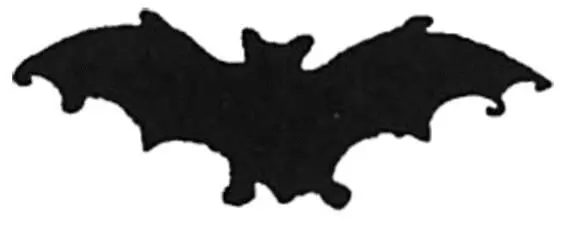
A Uruguayan player, Adhemar Canavessi, sacrificed himself to avert the damage his presence would have caused in the final match of the 1928 Olympics in Amsterdam. Uruguay was to play Argentina. Every time Canavessi had faced the Argentines, Uruguay had lost, and the last time he had the bad luck to score a goal against his own side. So he got off the bus taking the players to the stadium. In Amsterdam, without Canavessi, Uruguay won.
Читать дальше
